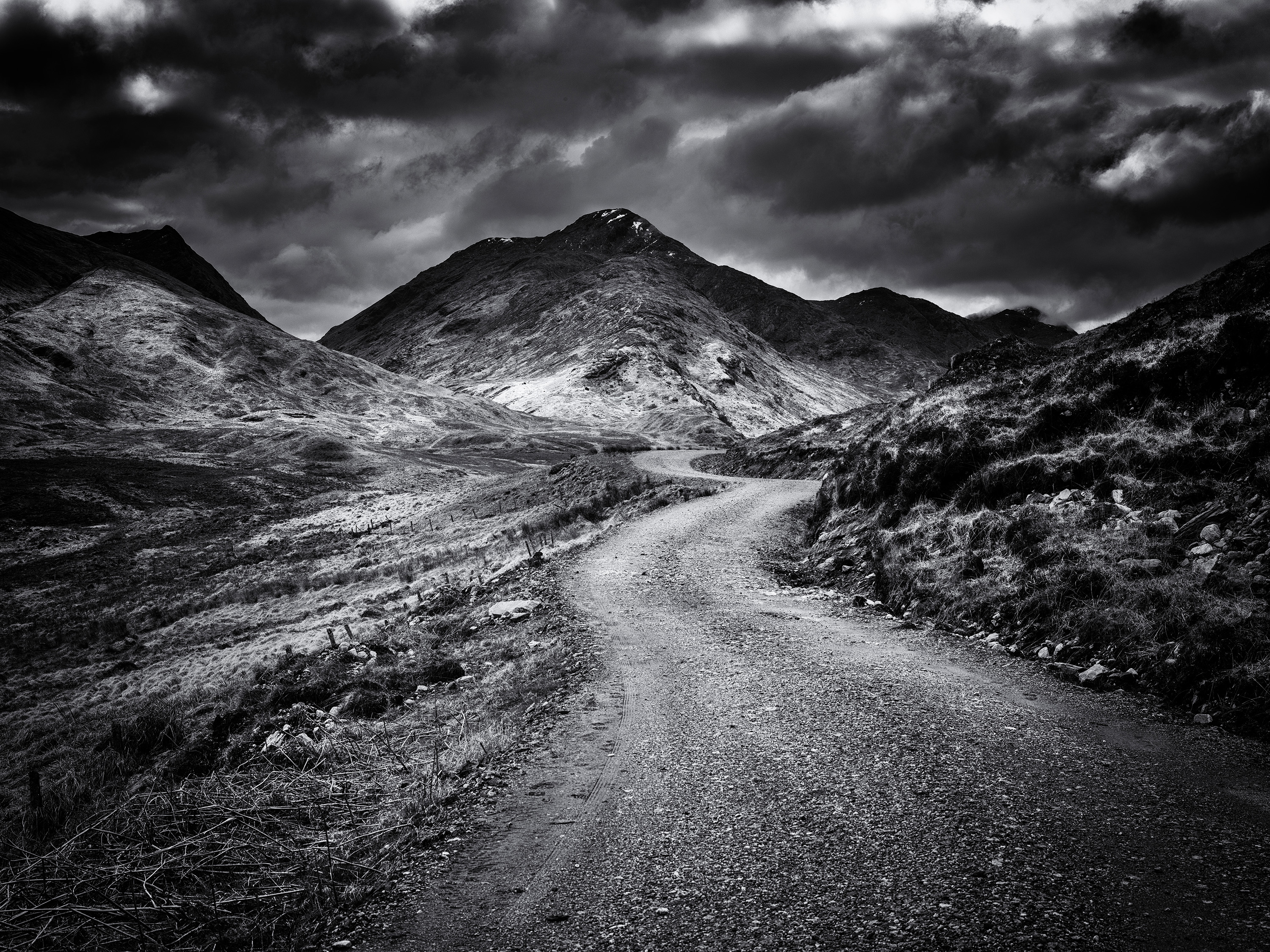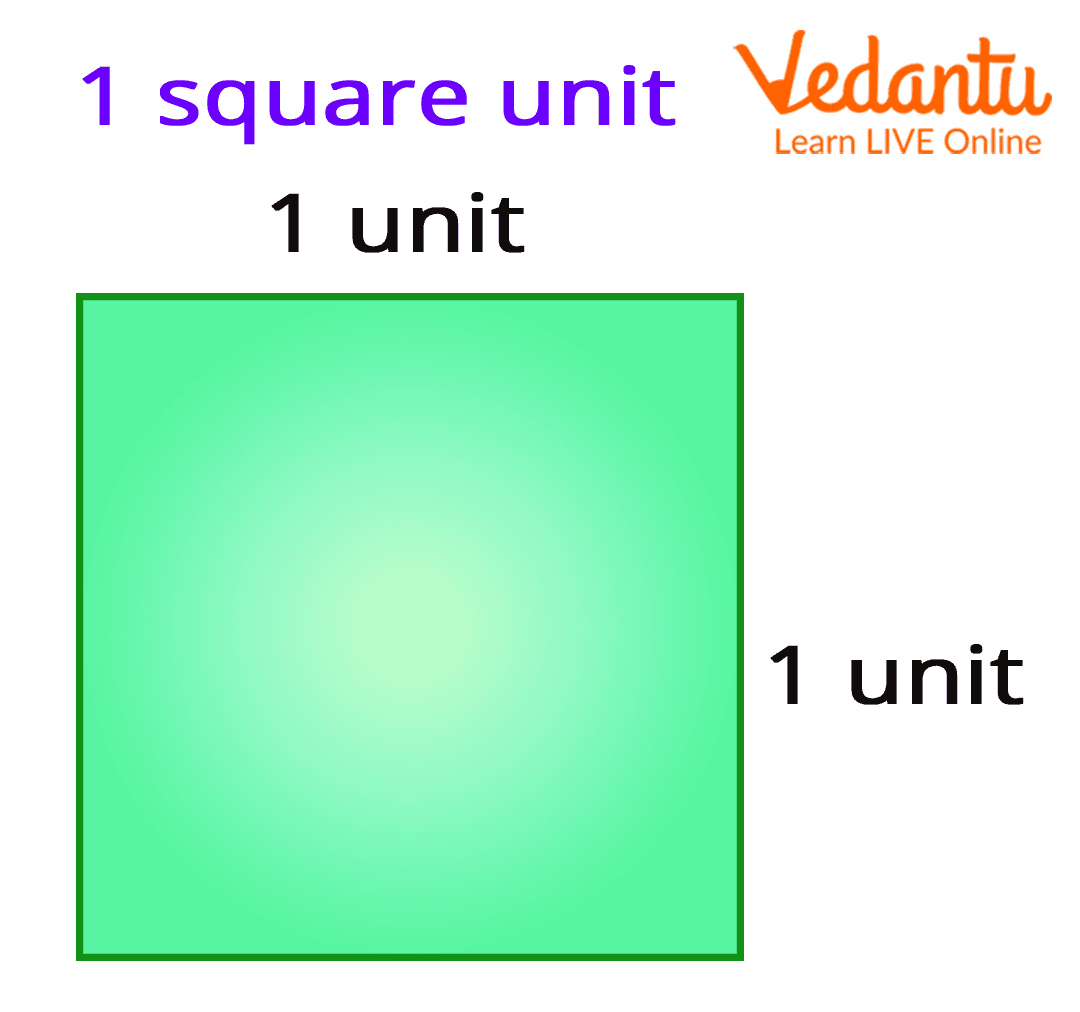Drone photography has exploded in popularity, offering breathtaking perspectives previously unimaginable. But what happens when the sun dips below the horizon, or you’re shooting in heavily shaded areas? That’s where portable camera flashes for your drone become invaluable. This comprehensive guide will explore the world of drone flash photography, helping you choose the right setup and master the art of illuminating your aerial shots.
Why You Need a Portable Flash for Drone Photography
While your drone’s built-in camera might suffice during daylight hours, low-light scenarios often result in grainy, noisy images. A portable flash provides the necessary illumination to capture crisp, vibrant photos and videos, even in challenging conditions. This is especially crucial for capturing details in the shadows, highlighting subjects, and creating dramatic lighting effects that elevate your drone photography to a professional level.
Think about it: capturing the intricate details of a nighttime cityscape, illuminating a wildlife subject nestled in a dark forest, or adding a touch of sparkle to a nighttime wedding—all become possible with the right flash setup. Furthermore, flashes can help control harsh shadows and provide a more balanced exposure, ensuring your images are well-lit and visually appealing.
Choosing the Right Portable Flash: Key Considerations
Selecting the perfect portable flash for your drone involves several crucial factors. Let’s break them down:
Power and Guide Number (GN):

The guide number (GN) indicates the flash’s power. A higher GN means the flash can illuminate subjects farther away. Consider the typical shooting distances for your drone and choose a flash with a GN appropriate for your needs. Remember, more powerful flashes often translate to larger and heavier units, potentially impacting your drone’s flight time and stability.
Flash Head Size and Modifiers:
The size and shape of the flash head influence the light’s spread and intensity. Smaller flash heads create a more concentrated beam, while larger heads produce a wider, softer light. Consider using diffusers or softboxes to further soften the light and minimize harsh shadows. Some flashes offer interchangeable heads for greater versatility.
Wireless Triggering and Compatibility:
Reliable wireless triggering is essential for remote flash control. Ensure your chosen flash is compatible with your drone’s camera system. Many flashes utilize standard protocols like TTL (Through-the-Lens) or manual triggering, offering varying degrees of automation and control. Investigate the compatibility carefully to avoid costly mistakes.
Weight and Size:

The weight and size of your flash system directly impact your drone’s flight performance. A heavier flash will reduce flight time and potentially strain the drone’s motors. Always check your drone’s payload capacity before attaching any external equipment.
Battery Life:
Ensure the flash’s battery life aligns with your shooting needs. Consider using high-capacity batteries or carrying spares, especially during extended shoots. Some flashes offer rechargeable batteries, reducing waste and long-term costs.
Popular Portable Flash Systems for Drone Photography
The market offers various portable flash systems, each with its strengths and weaknesses. Researching different brands and models is crucial before making a purchase. Some popular choices include Godox, Neewer, and Yongnuo, known for offering a good balance of quality and affordability. Always read reviews and compare specifications before deciding.
Mounting Your Flash: Safety and Stability

Securely mounting your flash to your drone is paramount. Improper mounting can lead to accidents and damage. Use sturdy mounting brackets specifically designed for your drone model and flash. Always double-check the stability of your setup before taking off.
Mastering the Art of Drone Flash Photography: Tips and Tricks

Here are some practical tips for achieving stunning results with your drone flash:
- Experiment with different angles and distances: The position of your flash relative to your subject dramatically impacts the final image. Try shooting from different angles and distances to find the optimal lighting setup.
- Use diffusers and modifiers: Soften the flash’s light using diffusers or softboxes to create a more natural and pleasing look. Avoid harsh shadows by diffusing the light.
- Control your exposure: Mastering your camera’s settings is key. Understand how aperture, shutter speed, and ISO interact with your flash to achieve the desired exposure.
- Practice in various lighting conditions: Don’t limit yourself to just nighttime photography. Experiment with using your flash in challenging daylight conditions to fill in shadows and highlight details.
- Safety first: Always prioritize safety. Never fly your drone in unsafe conditions or exceed its payload capacity. Always adhere to local regulations.
Conclusion: Taking Your Drone Photography to New Heights
Adding a portable flash to your drone photography arsenal opens up a world of creative possibilities. By understanding the different flash systems available, mastering the necessary techniques, and prioritizing safety, you can capture truly breathtaking aerial images and videos, regardless of the lighting conditions. Remember to always research thoroughly and choose equipment that suits your specific needs and budget. Happy shooting!








